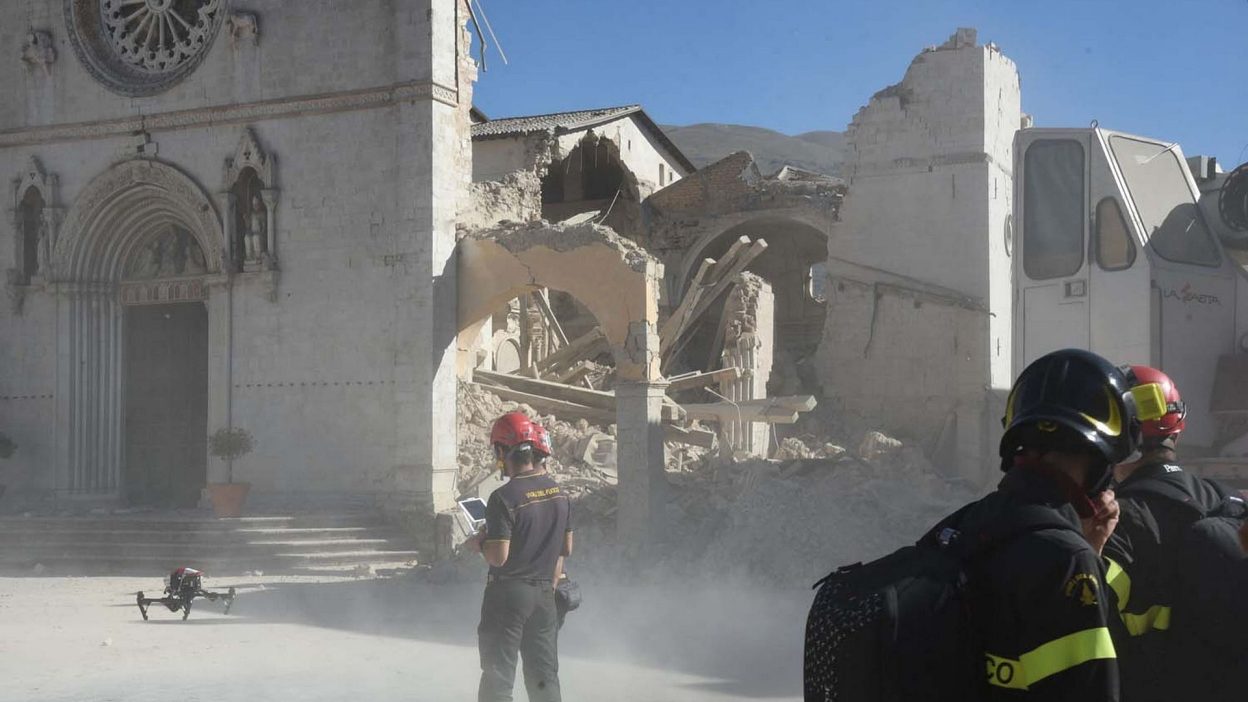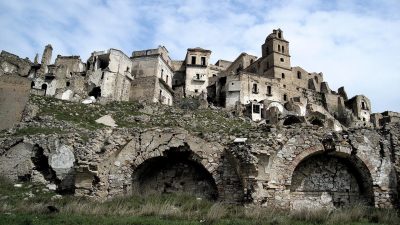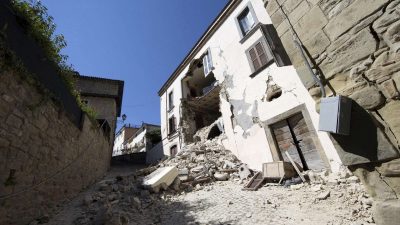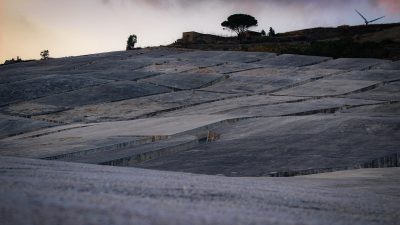Unveiling The Truth Behind One Of The Deadliest Disasters In History
The Iran 1972 Qir Earthquake, which struck on May 19, 1972, left the nation in ruins and changed its landscape forever. With a magnitude of 7.4, the earthquake devastated the region, particularly affecting the area around the city of Qir. Thousands of lives were lost, and the damage to homes, businesses, and infrastructure was catastrophic. The earthquake not only altered the physical structure of the region but also had long-lasting effects on the social and economic fabric of the nation.
This disaster exposed significant vulnerabilities in Iran’s preparedness and disaster response systems. The aftermath of the earthquake revealed a lack of infrastructure resilience and highlighted how crucial it is for a nation to prepare for such devastating events. The rebuilding efforts were immense, and the impact of this earthquake continued to affect the region for years to come.
The Untold Truth Behind the Iran 1972 Qir Earthquake Disaster
The Qir Earthquake is often overshadowed by other major natural disasters in the region, but its true devastation is rarely acknowledged. While the death toll was estimated to be around 5,000, many of the consequences were not immediately apparent. The destruction of homes and villages, particularly in rural areas, left thousands displaced. Furthermore, the earthquake disrupted vital communication systems and essential services, leaving survivors isolated for extended periods.
One of the most troubling aspects of the disaster was the slow and inadequate response from authorities. Despite the severity of the damage, relief efforts were delayed, and many survivors were left without food, water, or medical care. The political climate at the time contributed to a lack of organisation, making recovery efforts even more challenging.
Shattering Lives: The Hidden Consequences of the Iran 1972 Qir Earthquake
- Human toll: The human cost of the earthquake was immense, with not only lives lost but families torn apart. Survivors faced overwhelming grief and the trauma of seeing their homes and communities reduced to rubble. The emotional toll on those who lived through it is still felt today, as many families had to start over from scratch.
- Displacement: Thousands of individuals were forced to live in temporary shelters, many of which lacked basic facilities. The disruption to everyday life, combined with a lack of adequate housing, led to significant mental health challenges for those affected by the earthquake.
- Health consequences: In addition to the physical injuries from the earthquake itself, the survivors faced a public health crisis. The destruction of sanitation systems and the lack of clean water led to outbreaks of disease, further compounding the already dire situation.
Why the Iran 1972 Qir Earthquake Was More Destructive Than We Thought
The Qir Earthquake was more destructive than initially perceived due to several factors. The region was unprepared for such a strong earthquake, and its impact on infrastructure was catastrophic. The earthquake caused widespread damage to buildings, roads, and bridges, making rescue operations difficult and slow. Despite being a relatively large earthquake, the government’s response failed to match the scale of the disaster, leaving many people stranded without help for days.
In addition, the seismic activity was underestimated in terms of its potential for destruction. Early warnings were insufficient, and there was a lack of effective measures in place to mitigate the impact. This misjudgement led to a slower recovery and more lives lost than necessary.
The Aftermath of the Iran 1972 Qir Earthquake: Is Our Response Enough?
The aftermath of the Qir Earthquake revealed significant flaws in disaster management. The Iranian government, at the time, was unprepared to handle a catastrophe of this scale. Despite receiving international aid, the response was slow and disorganised. Many survivors were forced to rely on local efforts and charity organisations for immediate relief.
In the years following the disaster, efforts to rebuild Qir and surrounding areas were hampered by bureaucratic delays and insufficient funding. It took years for the region to return to a semblance of normalcy. The slow response to this disaster has raised questions about the readiness of nations to handle similar events in the future and whether the systems in place are adequate.
Could We Have Prevented the Iran 1972 Qir Earthquake? The Shocking Facts
- Seismic predictions: While earthquakes cannot be prevented, the Qir Earthquake demonstrated the lack of preparedness. Seismologists had long warned of potential seismic activity in the region, yet insufficient measures were taken to prepare for a major earthquake.
- Infrastructure resilience: Building codes and infrastructure in Qir and surrounding areas were not designed to withstand such powerful earthquakes. The destruction was so widespread because buildings were not constructed to endure seismic activity of this magnitude.
- Early warning systems: The lack of early warning systems contributed to the high death toll. Had there been more effective systems in place, many lives could have been saved through early evacuation or precautionary measures.
When Earthquake Strikes: How the Iran 1972 Qir Earthquake Revealed Our Vulnerabilities
The Qir Earthquake exposed serious vulnerabilities in Iran’s infrastructure. Roads and bridges collapsed, making rescue efforts almost impossible. Additionally, the communication breakdown left many survivors without any information about where to seek help. These failures highlighted the need for improved emergency management systems, both in terms of infrastructure and communication.
Furthermore, the earthquake revealed the societal gaps in disaster preparedness. Rural areas were hit hardest due to a lack of resources and access to aid. The poor and remote communities were often the last to receive assistance, which worsened the overall effects of the disaster.
Conclusion: Reflections on the Iran 1972 Qir Earthquake: A Tragedy We Can’t Forget
The Iran 1972 Qir Earthquake was a tragedy that shook the nation to its core. It revealed weaknesses in disaster management, preparedness, and infrastructure that had serious consequences. The recovery process was long and arduous, and the lessons learned from this disaster continue to shape how Iran and other nations approach earthquake preparedness and response today.
5 Short FAQs
- What caused the Iran 1972 Qir Earthquake?
- The earthquake was caused by tectonic activity along the Zagros fault line, which is known for frequent seismic activity in the region.
- How many people were affected by the Qir Earthquake?
- The earthquake affected thousands of people, with over 5,000 casualties and many more displaced by the destruction.
- What were the most significant challenges in rebuilding after the disaster?
- Rebuilding efforts were hindered by slow government response, lack of resources, and a collapsed infrastructure that delayed recovery for years.
- How did the Qir Earthquake impact Iran’s infrastructure?
- The earthquake caused widespread damage to buildings, roads, and bridges, making it difficult to rescue survivors and rebuild in a timely manner.
- What lessons can we learn from the Iran 1972 Qir Earthquake for future preparedness?
- The Qir Earthquake emphasised the importance of early warning systems, resilient infrastructure, and rapid disaster response to minimise the impact of future earthquakes.
References:
1972 Qir Earthquake – Wikipedia
The Qir, Iran Earthquake of April 10, 1972 – GeoScienceWorld
A Geological Note on the Qir Earthquake, SW Iran, April 1972 – Cambridge University Press
Engineering Aspects of the Qir Earthquake of 10 April 1972 in Southern Iran – National Academies Press
The Qir, Iran Earthquake of April 10, 1972 – NASA Astrophysics Data System




